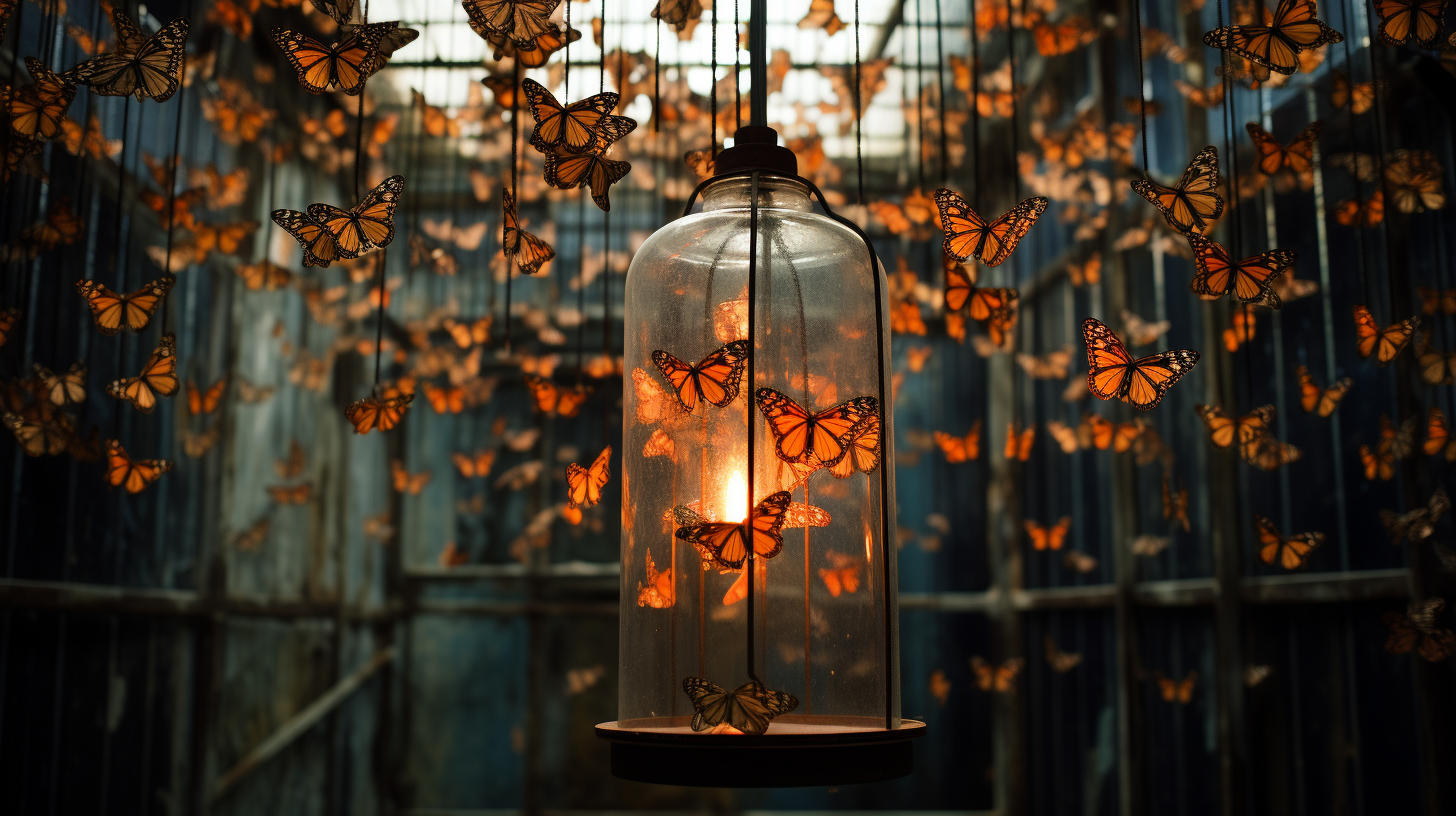In a world crippled by ecological folly, the flutter of delicate wings grows silent. Where Monarchs Dare Not Tread – The Vanishing Butterflies Effect charts the tragic disappearance of these bejeweled denizens of our skies. With the absence of these creatures comes a chilling reality, as they are harbingers not only of beauty but of ecological balance too.
Once upon a time, gardens and wildlands were alive with the vibrant flutters of butterflies, now existing in mere pockets of resistance. The Monarch butterfly, a stunning symbol of nature’s artistry, has been dethroned from its reign. Its migratory patterns shattered – a victim to the iron grip of urban expansion, voracious agriculture, and climate cataclysms. Meanwhile, dwindling plant species, like Milkweed – the Monarch’s breeding haven – underpin a saga of extinction.
We had seen it coming, warned by the echoes of the past. Yesterday’s ‘Phantoms of Fertility’ brought to light the collapse of our pollinators. Today, we witness the consequences of those vanished spirits as the ‘Butterflies Effect’ sheds light on the cascading failures within ecosystems. Disrupted pollination, once an abstract concept, now tangibly withers the fruit on the vine, preluding the famine songs of tomorrow.
Meticulous parallels can be drawn from the struggles of monarchs to those of other pollinators – each a thread in the tapestry of life, now unravelling with alarming synchrony. Feng, a tired farmer standing amid his grey fields, laments, ‘Without butterflies, there is no charm in the bloom. We chase phantoms with our hands, trying to stitch what nature perfected.’
The narrative of a dystopian present veers towards the dark fantasy of science as researchers toil with genetic engineering and robotic analogues; desperate attempts to patch the gaping holes in the web of life. Tinkering at the edges of a nature they can no longer predict nor control, scientists face the Sisyphean task of replicating the irreplaceable.
But all is not lost – or is it? The elusive silver lining lies in the resilience of some butterfly species, clinging to existence in resilient pockets of wilderness. Citizen scientists and conservationists defy the odds, their hands deep in the soil as they cultivate hope in the form of native flora sanctuaries. ‘Our efforts are drops in the ocean, but without them, there would be no ocean left,’ whispers Mara, a volunteer fighting the inevitable tide.
The story is not one for the faint of heart. It is a requiem for the Monarchs, a somber symphony paralleling the dance they once performed across our planet. Readers are urged to engage with the narrative, to feel the weight of each species’ exit as though a color were draining from the world’s canvas.
In the elegiac prose of this chronicle, the message is unequivocal: the disappearance of the butterflies is not a lone phenomenon but an omen of a collapsing ecology. It’s a tale of beauty and despair interwoven, aimed not to incite hope but to provoke thought – for the abyss stares back unblinkingly, challenging our complacency with its depth.
Will we brave the descent to rise again, or is the tale of the Monarchs a fable of a future etched in stone? The curtain falls; the stage is set for a follow-up in this continual portrayal of a world unravelling, one butterfly wing at a time.
